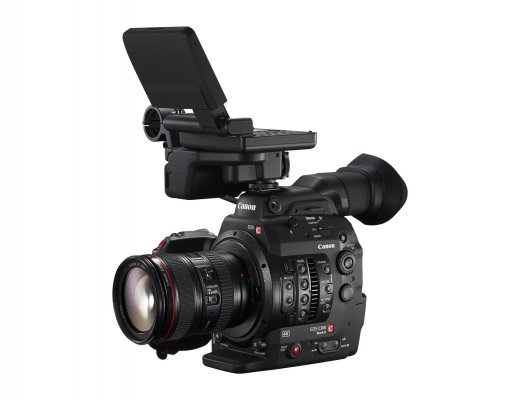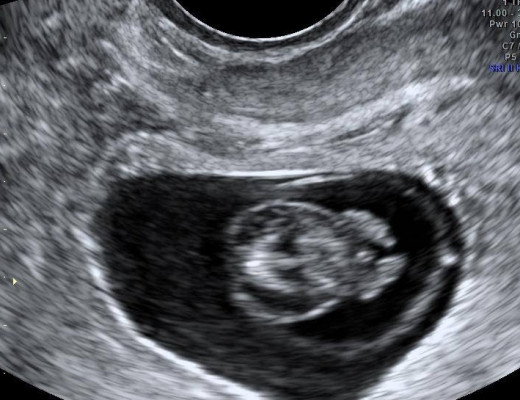Canon digital camera
- Хэрэв та тийм хүсэлтэй, зорилготой бол дараах хувь хүний нууц алдахгүй Google холбоосоор орж нам байгуулахад шаардагдах гишүүнчлэлийн өөрийн мэдээллээ үнэн зөв бөглөж өгнө үү.
- Таны бичсэн гар утасны дугаарын дагуу очиж цаасан дээр таны гарын үсгийг зуруулж авах болно. https://forms.gle/NCYTLGDCmBH1mk7u6
Catering to cinematographers, the Mark II supports both ACES and Rec. 2020 workflows, using its MXF file structure. MXF compatibility has improved, and the files now work with pretty much all of the professional NLE systems, as well as with high-end network systems used by production studios.
The Canon C300 was announced way back in 2011—the first in the company's Cinema EOS line-up—and its primary goal was to convince DSLR filmmakers to step up to a true digital motion picture camera. The compact Full HD camera targeted a broad range of shooters, especially indie and documentary DPs, and was praised for its neutral Canon Log profile, support for EF lenses (a PL-mount version was also available), and its overall ease of use.
Soon the camera was used to shoot high-profile indie films and nonfiction projects such as Jeremy Saulnier’s Sundance breakout feature Blue Ruin, Abdellatif Kechiche’s Cannes Film Festival Palme d’Or winner Blue Is the Warmest Color, and the highly regarded HBO documentary series, Vice.
Even though 2K and full HD are still the standards for the majority of digital productions, 4K has undergone rapid growth. Even mobile phones offer 4K capture. So it was inevitable that, at NAB 2015, Canon gave its signature digital motion picture camera a long-awaited upgrade with the aptly named C300 Mark II.
Canon did not give the Mark II significant cosmetic or ergonomic modifications, but instead implemented major upgrades under the hood, including a new 8.85-megapixel Super 35mm CMOS sensor with twice the readout speed of its predecessor, new dual DIGIC DV 5 image processors, and a new XF AVC codec that lets you record 10-bit, 4:2:2 4K files onboard.
Other new specs and features on the Mark II include bit rates up to 410 Mbps, an improved dual-pixel CMOS auto focus, simultaneous 4K and HD proxy recording and 2K/UHD frame rates up to 120 fps. You can record 10-bit 4:2:2 at all resolution settings, but if you don’t need 4K, you can capture 2K or full HD at 12-bit 4:4:4 for better color reproduction, the same as with the C500. (By the way, what’s going to happen to the C500 now that the C300 has caught up in both features and pricing?) You can also output 10-bit 4K/UHD raw or 2K/HD via 3G-SDI to an external recorder.


 Админ
Админ











